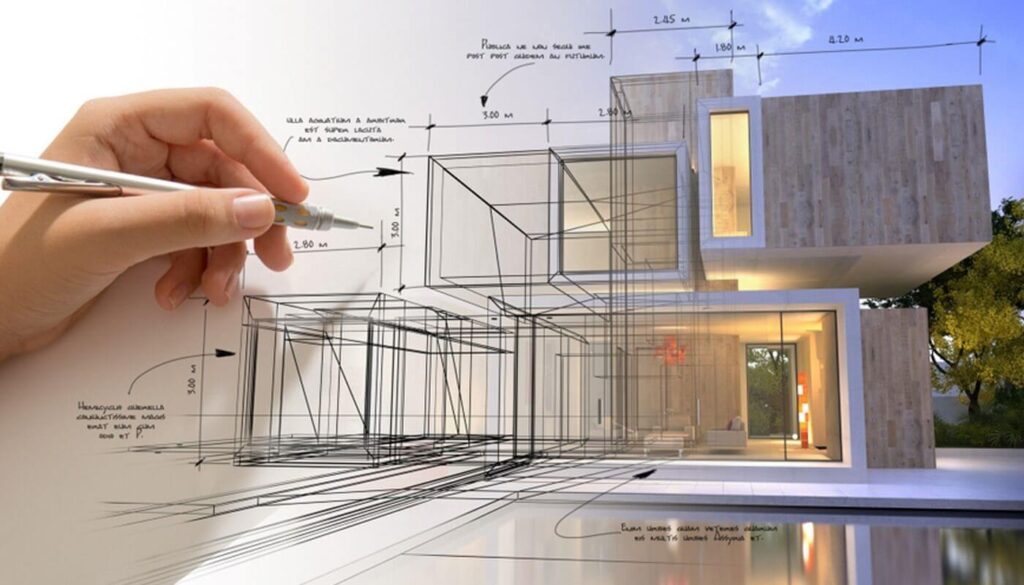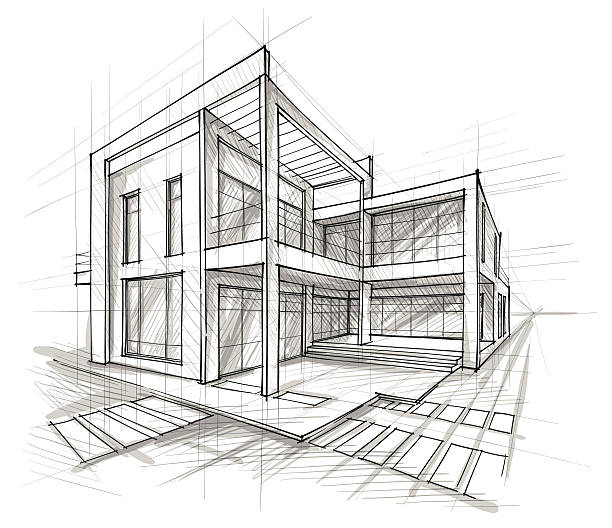The Influence of Technological Innovations on the Design Practices of Contemporary Architects
The fast advancement of technological tools has considerably reshaped the design landscape for contemporary architects, fostering unmatched levels of technology and sustainability. Exploring these dynamics reveals a nuanced interplay between innovation and typical layout techniques, motivating a more detailed exam of what the future holds for building methods.
Advancement of Architectural Devices
Just how have architectural devices transformed the style and building procedures over the centuries? The development of architectural devices has dramatically impacted the effectiveness, precision, and creative thinking of layout and construction.
With the advent of the Renaissance, the introduction of the compass and the protractor marked an essential change. These tools enabled designers to accomplish higher accuracy in their layouts, facilitating the introduction of more elaborate and proportionate structures. The Industrial Transformation even more reinvented architectural experiment the intro of mechanized tools and materials, enabling bigger and much more enthusiastic tasks.
In the 20th century, the growth of computer-aided style (CAD) software changed the landscape as soon as again, providing architects with unmatched capacities in modeling and visualization. Today, progressed devices such as Building Info Modeling (BIM) and parametric design software program continue to press the borders of building innovation, making it possible for an extra integrated technique to design and building processes.
Boosted Collaboration in Design
As innovation proceeds to develop, enhanced cooperation in layout has actually ended up being a foundation of modern building technique. The integration of digital devices such as Building Details Modeling (BIM), cloud-based platforms, and advanced visualization software application has actually changed the way architects, engineers, and stakeholders connect throughout the design procedure. These tools assist in real-time interaction, allowing groups to share concepts, modifications, and feedback immediately, no matter of geographical place.

Additionally, interdisciplinary cooperation has been structured through these technological innovations, enabling engineers to function extra very closely with other experts, such as metropolitan organizers and ecological professionals. The result is an extra natural strategy to develop that thinks about different viewpoints and know-how. Eventually, boosted collaboration in layout is not simply a pattern; it is important for developing cutting-edge, functional, and visually pleasing architecture in a progressively complicated world.
Sustainability Through Modern Technology
Sustainability in style has actually increasingly ended up being intertwined with technological technology, driving the sector toward eco accountable techniques - cda architects. Contemporary designers are leveraging sophisticated technologies to minimize ecological influence while boosting the performance of buildings. One noticeable instance is the use of Structure Information Modeling (BIM), which permits precise preparation and source allocation, decreasing waste during building and construction and advertising power performance throughout a building's lifecycle
In addition, clever products and energy-efficient systems are being integrated right into styles to optimize source use. Technologies such as solar batteries and green roofing systems harness sustainable power sources, adding to decreased carbon footprints. Additionally, the application of synthetic knowledge anchor in style procedures allows engineers to mimic and examine energy consumption, guiding choices toward even more lasting outcomes.
The integration of lasting innovations not just straightens with international environmental objectives however also fulfills a boosting need from customers for green services. As engineers welcome these technologies, the focus moves towards creating rooms that are not only visually pleasing yet likewise functionally lasting, consequently redefining the standards of modern design. In this means, innovation functions as a stimulant for sustainability, making it possible for designers to develop buildings that respect and enhance the all-natural setting.
Challenges in Application
While technological improvements in design hold terrific assurance for improving sustainability, their implementation commonly comes across significant challenges - cda architects. One main obstacle is the steep understanding contour linked with brand-new innovations. Engineers and construction experts may call for substantial training to successfully use sophisticated software program and tools, which can postpone project timelines and increase costs
In addition, the integration of arising technologies, such as Structure Info Modeling (BIM) and lasting products, often requires cooperation across multidisciplinary teams. This partnership can be impeded by distinctions in proficiency, workflows, and communication designs, resulting in prospective problems and inefficiencies.
Financial restraints additionally complicate the fostering of ingenious modern technologies. Numerous architectural companies, particularly smaller sized ones, might lack the resources to purchase innovative tools, limiting their ability to take on bigger companies that can pay for such financial investments.
Moreover, governing structures and building ordinance may not keep rate with technical advancements, developing uncertainty and prospective conformity issues. This difficulty can prevent designers from completely accepting new innovations, as the danger of non-compliance may exceed the benefits. Consequently, addressing these implementation obstacles is crucial for the successful assimilation of technical advancements in contemporary building techniques.
Future Trends in Architecture
The obstacles connected with the implementation of brand-new innovations in style have actually prompted a check it out reevaluation of future fads within the market. As architects browse problems such as sustainability, urbanization, great site and social equity, they are progressively adopting cutting-edge modern technologies to enhance design performance and environmental efficiency.
One popular fad is the combination of expert system (AI) in the design process. AI tools can assess large datasets to notify design decisions, boosting both creative thinking and performance. In A Similar Way, Building Info Modeling (BIM) continues to advance, making it possible for real-time partnership amongst stakeholders and assisting in structured task administration.
Sustainable design practices are likewise obtaining energy, with engineers concentrating on flexible reuse and regenerative style concepts that lessen resource usage and waste. The unification of wise materials and renewable resource resources will further boost the durability of structures despite climate adjustment.

Final Thought
Technological innovations have significantly reshaped building design techniques, helping with boosted precision, cooperation, and sustainability. The combination of devices such as Building Details Modeling and parametric style software, together with expert system and clever materials, equips engineers to deal with intricate challenges extra efficiently. While execution may provide particular challenges, the continued evolution of these modern technologies promises to drive technology in architecture. Future patterns will likely better emphasize sustainability and efficiency, eventually redefining the developed setting.
Comments on “Transforming Areas: The Vision of CDA Architects for Modern Living”